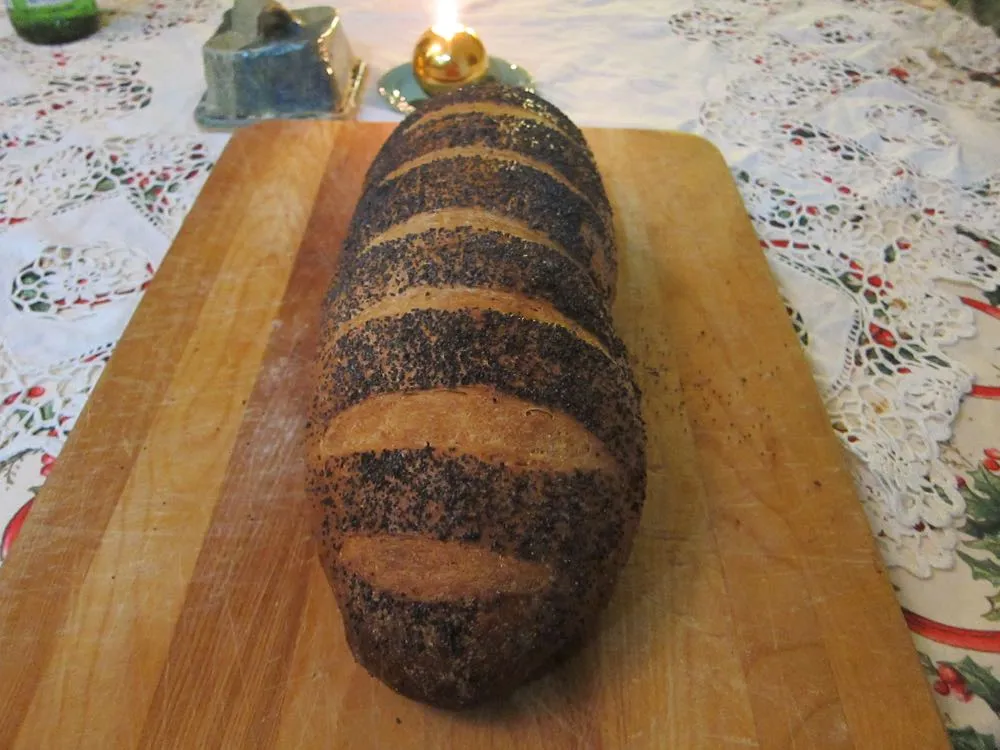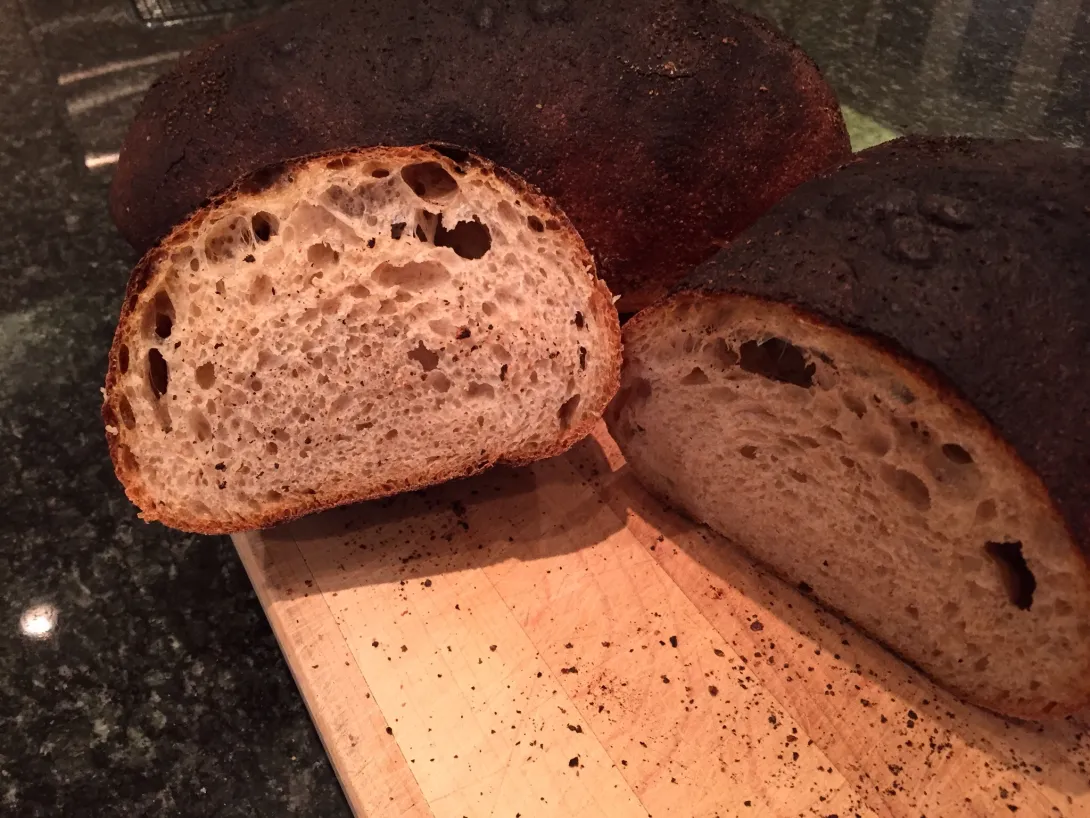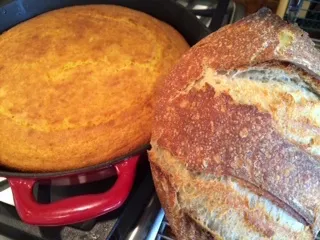La Couronne Bordelaise Rustique

Cari Amici, Buon Anno Nuovo a tutti.
Oggi voglio deliziarvi con Una di Quelle produzioni Che io prepararo Spesso per la mia famiglia e il Che molte Volte regalo Agli amci perchè mi viene Richiesto.
Io adoro panificare !!!!
Spero Che vi piaccia, a presto, Anna
http://ilchiccoelaspiga.blogspot.it/2015/01/la-couronne-bordelaise-rustique.html
- Log in or register to post comments
- 4 comments
- View post
- ANNA GIORDANI's Blog







